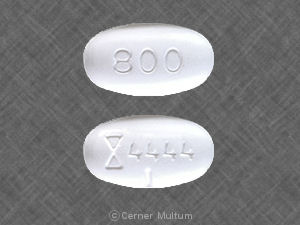WHAT IS GABAPENTIN NEURONTIN?
Gabapentin Neurontin is an anticonvulsant that comes in a capsule, tablet, and oral solution. It is used to manage certain seizure disorders, as well as the neuropathic pain phenomenon known as post-herpetic neuralgia (lasting nerve and skin pain caused by an attack of shingles). An extended-release formulation of gabapentin (Horizant) is used to treat restless leg syndrome (RLS).
Concerns have arisen in recent years over increasing instances of gabapentin abuse. According to the Drug Abuse Warning Network (DAWN), the number of emergency room visits involving nonmedical use of gabapentin increased by 90% in the United States since 2008.
On the street, gabapentin is sold under various nicknames including “gabbies.” One study found that gabapentin is used as a cutting agent in street heroin, increasing the potential for abuse and the development of dangerous health effects.
A lethal dose of gabapentin was not identified in mice and rats receiving single oral doses as high as 8000 mg/kg. Signs of acute toxicity in animals included ataxia, labored breathing, ptosis, sedation, hypoactivity, or excitation.
 Acute oral overdoses of NEURONTIN up to 49 grams have been reported. In these cases, double vision, slurred speech, drowsiness, lethargy, and diarrhea were observed. All patients recovered with supportive care. Coma, resolving with dialysis, has been reported in patients with chronic renal failure who were treated with NEURONTIN.
Acute oral overdoses of NEURONTIN up to 49 grams have been reported. In these cases, double vision, slurred speech, drowsiness, lethargy, and diarrhea were observed. All patients recovered with supportive care. Coma, resolving with dialysis, has been reported in patients with chronic renal failure who were treated with NEURONTIN.
Gabapentin can be removed by hemodialysis. Although hemodialysis has not been performed in the few overdose cases reported, it may be indicated by the patient’s clinical state or in patients with significant renal impairment.
If overexposure occurs, call your poison control center at 1-800-222-1222.
Overdoses involving 49 grams or more of gabapentin have been reported by the FDA.
Signs of gabapentin overdose include:
- Ataxia (decreased muscle coordination).
- Labored breathing.
- Diarrhea.
- Ptosis (drooping upper eyelid).
- Hypoactivity.
- Excitation.
- Double vision.
- Marked sedation.
- Slurred speech.
- Drowsiness.
- Lethargy.
If you are near someone who has overdosed, check the person’s airway, breathing, and pulse. If the person is unconscious, call 911. You can also perform these steps:8
- Roll the person toward you on their side.
- Bend the top leg so that the hip and knee are at right angles.
- Tilt the head back to keep the person’s airway open.
- Try to keep the person calm.
- Stay with the person until help comes.